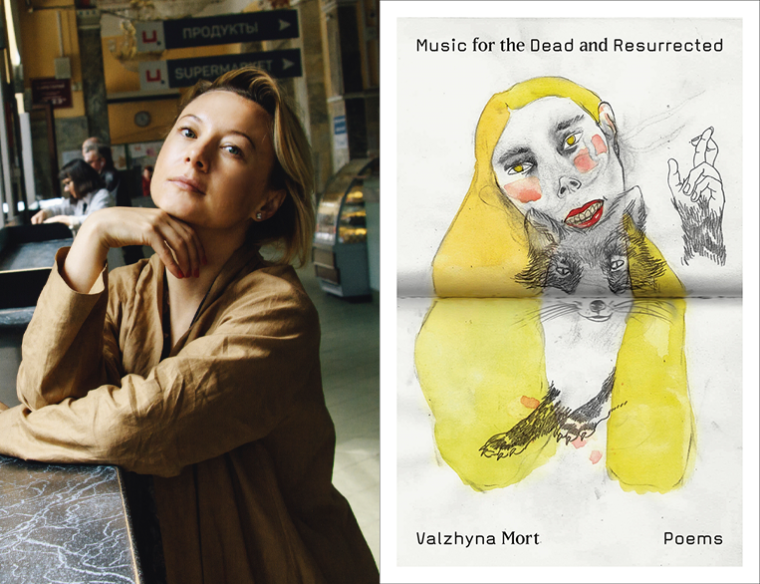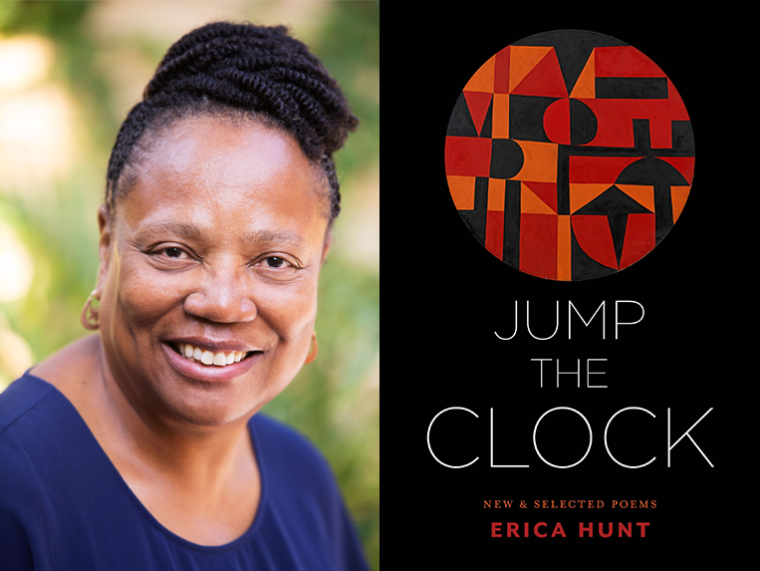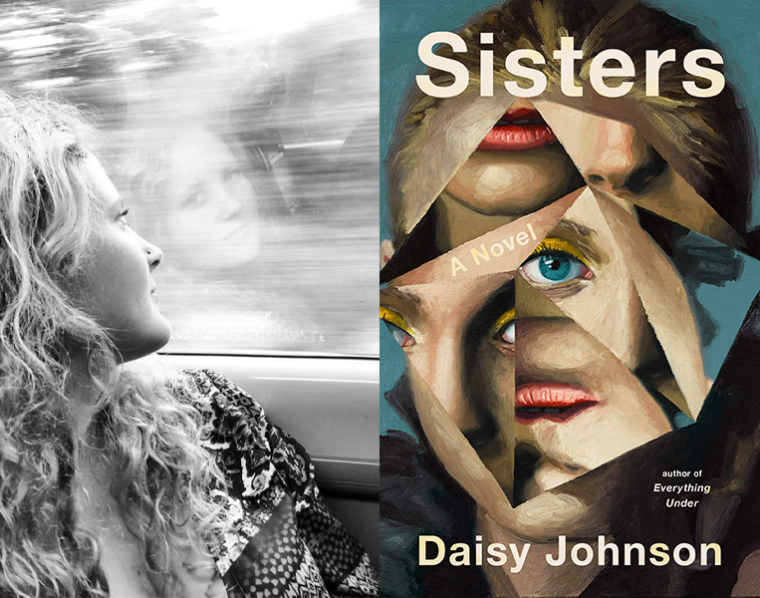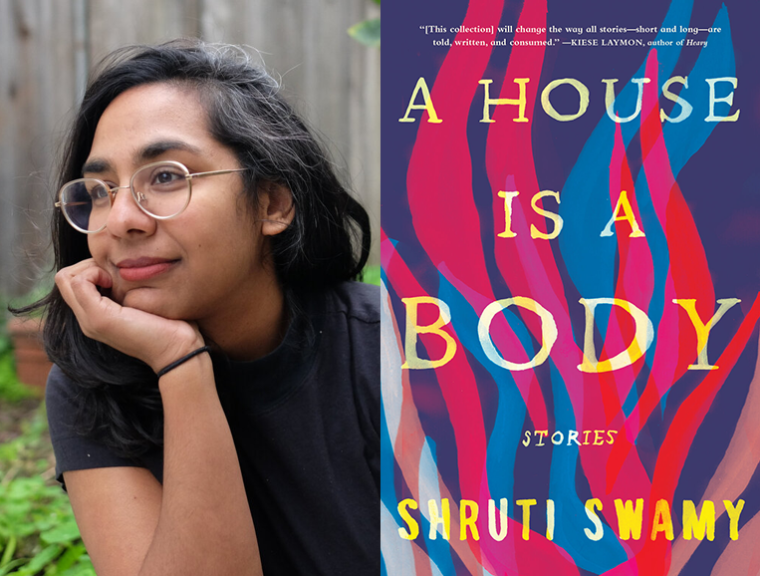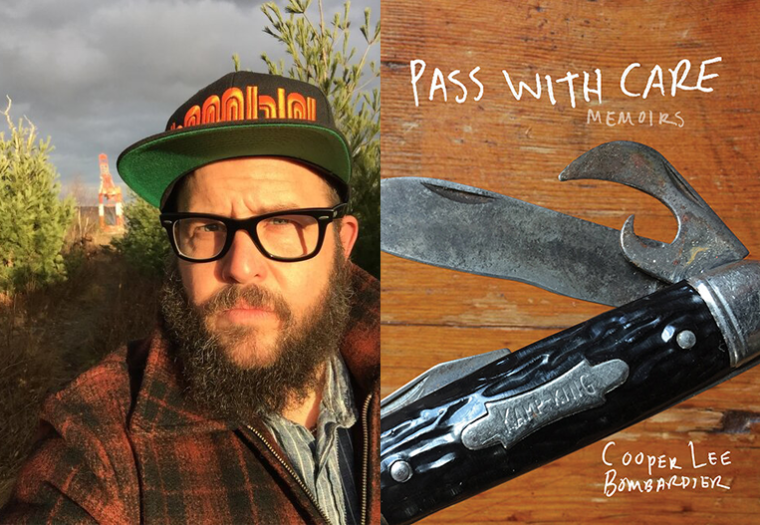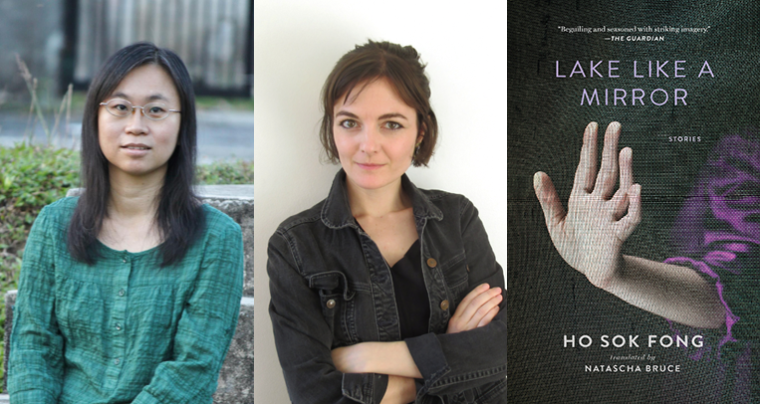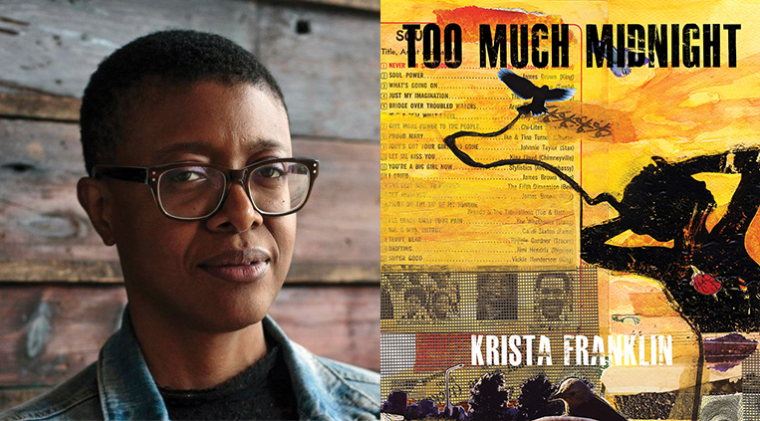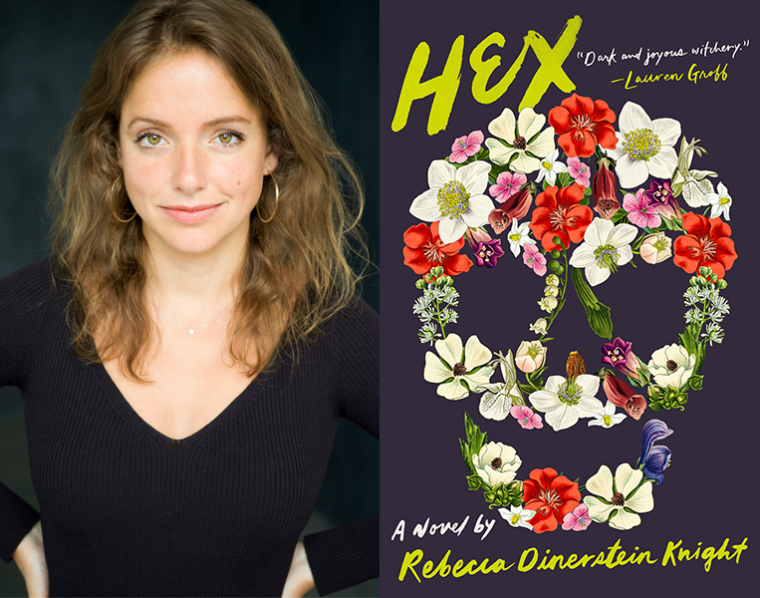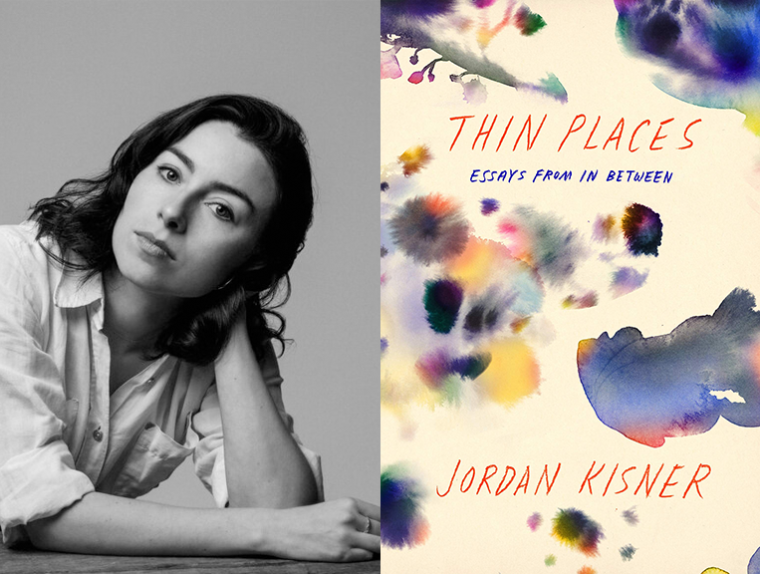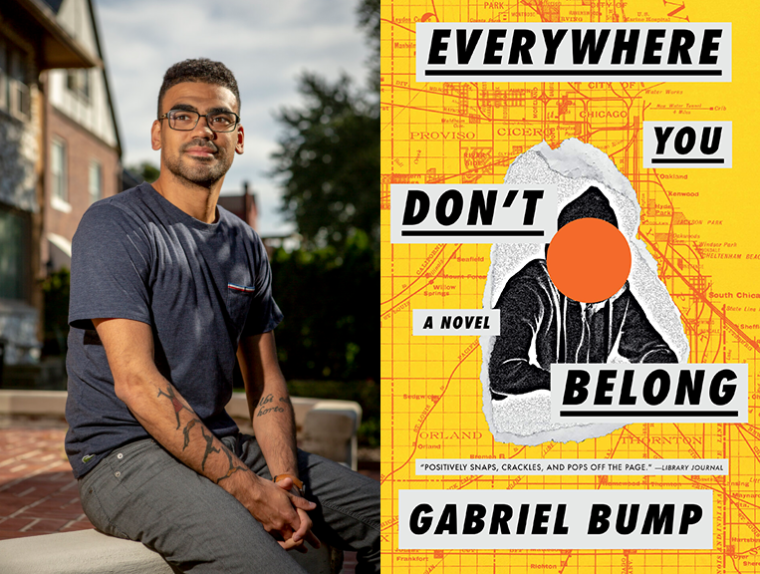This week’s installment of Ten Questions features Ho Sok Fong and Natascha Bruce, the author and the translator of the story collection Lake Like a Mirror, which is out today from Two Lines Press. In precise, unassuming prose, Ho Sok Fong draws readers into the world of her stories detail by detail. The scenes at first appear familiar, but gradually slip into the surreal. In one story, an old woman becomes increasingly thin until others are able to see through her skin, even observe “the air passing magically over her throat.” In another, a man arrives at the same guesthouse every day and asks to book a room, but in such a way that it becomes clear that, each time, he thinks it is his first visit. Vividly imagined, Lake Like a Mirror offers an intimate exploration of individual lives, while speaking broadly to issues of politics, gender, urbanization, and many other themes. In this interview, both the author and the translator were invited to respond to the same set of questions. Ho Sok Fong is the author of a previous story collection, Maze Carpet. She is the recipient of the Chiu Ko Fiction Prize, the China Times Short Story Prize, and the United Press Short Story Prize. Natascha Bruce translates fiction from Chinese. Her previous translations include Lonely Face by Yeng Pway Ngon, individual short stories by Dorothy Tse, and, with Nicky Harman, A Classical Tragedy by Xu Xiaobin.
1. How long did it take you to complete work on Lake Like a Mirror?
Ho Sok Fong: Almost eleven years. The stories were written at different times, in different places, with the earliest, “The Wall,” written while I was living in Petaling Jaya, a city near Kuala Lumpur. During this period, I wrote all kinds of short fiction. Of all the pieces I wrote, nine stories seemed to speak to one another somehow, and I gathered them together to make Lake Like a Mirror. The stories also share a geographical connection to Southeast Asia and Taiwan.
Natascha Bruce: One year or four, depending on how you look at it. It can take quite a lot of work to be able to start work on a translation. In 2015 I e-mailed Sok Fong to ask if I could theoretically, one day, translate one of the stories; in 2018 we signed a contract to translate all of them; by early 2019 we had tied up most of the edits.
2. What was the most challenging thing about the project?
Ho Sok Fong: I am attracted to topics that resist categorization. I didn’t want the Lake Like a Mirror stories to reach neat conclusions. I hoped they could lay open the gray area—the crease, the playground—that exists between apparent binaries, such as approval and rejection, or fidelity and betrayal. Desire is very subtle, I feel; it plays hide-and-seek with us, and I wanted to write about hide-and-seek.
So one challenge was how to write open-ended stories that were grounded as much as possible in concrete events, settings, objects, and vocabulary but also expressed the paradoxes and ambiguities inherent to their context. I tried to write stories that could be interpreted in many possible ways, while at the same time allowing all these possibilities to hold together. Even if a reader does not pick up on all the clues between the layers, there should still be a story there to read.
Natascha Bruce: Like most translators, I think, I worried all the time about the parts that I didn’t know I was missing. I couldn’t be the reader who didn’t pick up on the clues between the layers, because I needed to make sure that they didn’t vanish completely in English. The parts I struggled with were almost a relief; I knew to pay attention to those.
3. Where, when, and how often do you write?
Ho Sok Fong: I used to change jobs and move every three or four years. For over a decade I was writing in different places, including Taiwan, Singapore, and towns all over Malaysia.
After my master’s I went back to my hometown for a while, and I often think of that as one of my calmest and most focused periods of work. Things seemed to be decaying all around me, and I felt lonely and frail, but also cleansed. It was just my mother and I living together, and it was almost as though we were married. She got up in the morning and went food shopping in the pasar, and when she came back we would prepare lunch together in the kitchen. After lunch, once the dishes were washed and put away, I would sit at the kitchen table and write until evening.
Natascha Bruce: I translate full time, which used to mean “all the time,” but lately I have been striving for balance. I read that Ursula Le Guin gave herself permission to be very stupid after 8:00 PM, and that struck me as a good idea—a cut-off point. I moved to Chile last year and, before the virus came, I translated mostly from the Biblioteca Nacional, where the opening hours kept me in sync with a working day. These days, of course, I translate from home: My girlfriend and I alternate weeks between who gets the desk and who gets the kitchen table.
4. What are you reading right now?
Ho Sok Fong: Most of the time I’m reading for my novel, which means books about rainforest vegetation—although I’m not planning to write about plants—and historical accounts of the May 13 incident in 1969, when racial riots broke out in Kuala Lumpur.
I’ve also been reading YZ Chin’s story collection, Though I Get Home. It caught me from the first story, how it links community-led anti-pornographic task forces with the high-level surveillance carried out by the Malaysian government, the two sides united by their absurd preoccupation with the female body. It’s how political writing should be.
Lastly, I’m working through the poetry collection Tell Me, Kenyalang, by an Indigenous Sarawak poet called Kulleh Grasi, translated into English by Pauline Fan. Grasi’s language is very hybrid, blending Malay with Indigenous words, and he draws a lot on local myths—I find this an exciting enhancement to Malay-language literature.
Natascha Bruce: The Wandering by Intan Paramaditha, translated from Indonesian by Stephen Epstein. Conceivably it is now all I’ll ever read, because it’s a choose-your-own-adventure and the possibilities seem endless. I compulsively backtrack. I keep thinking to myself how remarkable it is that before this I read novels and took no responsibility at all, the author just told me what was going to happen, and I went along with it.
5. Which writer, in your opinion, deserves wider recognition?
Ho Sok Fong: The Japanese writer Minako Ōba. She compares the process of writing to spinning, and the resulting invisible thread to feelings and emotions. Her rewritings of Japanese folktales, as well as her novels, are told from a gendered perspective, of a woman’s bodily experience; she writes of the alienation of existing as a woman in the world. I think she might be the most accomplished Japanese writer of her generation, although her fame pales in comparison to that of, say, Yukio Mishima or Haruki Murakami. It’s hard to believe how few of her novels have been translated. Even the ones that exist in English seem to be out of print.
There’s also the Taiwanese writer Tong Wei-ger. I love his novel Summer Downpour. It’s like a long prose poem, entirely without plot or dramatic arc, and yet, when you finish reading, you feel as if you’ve read the whole of One Hundred Years of Solitude. There’s that shivery, melancholy feeling of an era coming to an end, of everything withering away.
Natascha Bruce: Preeta Samarasan. I read Evening Is the Whole Day during the final months of translating Lake Like a Mirror and still regret not acting on my impulse to write Preeta a fan letter gushing about her language.
6. What is one thing you might change about the literary community or publishing industry?
Ho Sok Fong: From a narrative perspective, a change I and other Southeast Asian writers are striving for is to recast and unshackle from tradition. We want to challenge readers; for them to experience stories as if they are participating in them as the narrative unfolds. We want to explore difference, and to demonstrate what is possible within the short story form.
Natascha Bruce: I am hesitant to mention money here, but I realize this is part of the problem—for translators, I wish there were less hesitancy around mentioning pay, more transparency about it, a greater acknowledgement of how most people cannot do without it, and need it to be enough, and need it to be on time. And already, I feel the urge to add the caveat, “I know no one forces us to do this! It is a privilege to choose to translate!” It is a privilege, but I don’t think it should be. At least not in the sense that you can only do it if you are lucky enough to be able to withstand either the precarity or the intensity of managing several jobs at once. We need translations and a more diverse pool of people to be able to do them.
7. What is one thing that your agent or editor told you during the process of publishing this book that stuck with you?
Ho Sok Fong: When we were working on the English translation, the editor mentioned that, as the book shifted language and region, a lack of cultural context might mean readers struggled to appreciate it. And when the translation came out, I could see what she meant. At first I found this hard and felt a little defeated. I thought perhaps the editor was being gentle with me. That perhaps it wasn’t just a matter of geographical or cultural divides. That because of the existence of these divides, I’d written in a so-called minor way, making it even more difficult for any outsider to appreciate. I even considered whether, in the future, I ought to try something different: Without losing the artistic vision, or the underlying complexity of the work, could I write in such a way that anyone could read it, from across any divide, and understand what I was trying to say? But I’m not sure this is possible. My invisible reader comes from books I’ve read, and from here in Malaysia, where I am. Though I can also accept this invisible reader is not fixed; they’re always changing, can always be provoked.
Natascha Bruce: Our U.K. editor, Ka Bradley, wrote in her editorial note that “The Chest” was “an incredibly sensitive portrayal of grief and the ways we hold onto it,” and this completely changed my relationship to the story. I had been so homed in on finding the words for Sok Fong’s words that I had pushed aside the feeling beneath them. Now, even mentioning the title makes me feel like I’ve swallowed a water balloon.
8. What is the biggest impediment to your creative life?
Ho Sok Fong: When I lose confidence.
Or when I try to guard against my own shortcomings by expressing them in writing—although, then again, this last point can also end up inspiring me to write more.
Natascha Bruce: When I was eight a friend told me that she liked a painting I’d done in art class, but I hated the painting so much that I assumed she was making fun of me, and I ripped it in half. It would be a tremendous help to my creative life if I could break this pattern of behavior.
9. Who is your most trusted reader of your work and why?
Ho Sok Fong: I rarely show my work to anyone before it’s published. Most of the time I send it straight to the publisher. Maybe it’s because I worry about losing creative authority. Maybe friends are reluctant to point out weaknesses in my work because they worry about losing the friendship. In my experience, discussions among writers here stick to literature, more generally; to the “literariness” of fiction, and all those other “-ness” qualities it can have.
That said, I do share work with one friend, Low Swee Lan, a Malaysian living in Beijing. She is a writer herself, publishing serialized novels online. Occasionally, I’ll e-mail her stories of mine once they’ve come out. She’s perhaps the only friend I trust to give my work her full attention and offer me an honest opinion. I don’t know whether it’s intuition or sharp observation, but she always seems to know exactly where I’m struggling and how I can fix the places where things are stretched too thinly. She’s very incisive and she compels me to reconsider my creative choices. Even when I don’t immediately agree with her, the points she make stay with me, and I find myself mulling them over for a long time afterwards.
Natascha Bruce: For one glorious year, Jeremy Tiang—a fellow Chinese translator, but also author, playwright, editor—was my translation mentor, and he read almost everything that I translated. This is no longer the case, sadly for me, but he is still a reader I write to when I just cannot think what to do with a word, or a sentence. Early on in the mentorship, alongside a particularly convoluted mixed metaphor, he left me the comment, “I’m not sure a shark could pat itself on the back.” Ever since, this is always on my mind during edits: Am I trying to make a shark pat itself on the back?
10. What’s the best piece of creative advice you’ve ever heard?
Ho Sok Fong: Local, nonfiction materials, written into fiction, are their own, unique form of creativity.
Natascha Bruce: It might not be the best I’ve ever heard, and it certainly isn’t the most appropriate for this moment in time, but the advice I most often need to hear is: You’ve got to get out. Take a walk. At the very least, these days, leave the screen and stand by a window. So much work can happen while you’re not working. I think this is instinctive for some people, but I always have to remind myself; otherwise I end up stuck and hunched and ripping everything in half.
Editor’s Note: Ho Sok Fong’s answers appear in translation from the Chinese by Natascha Bruce.




